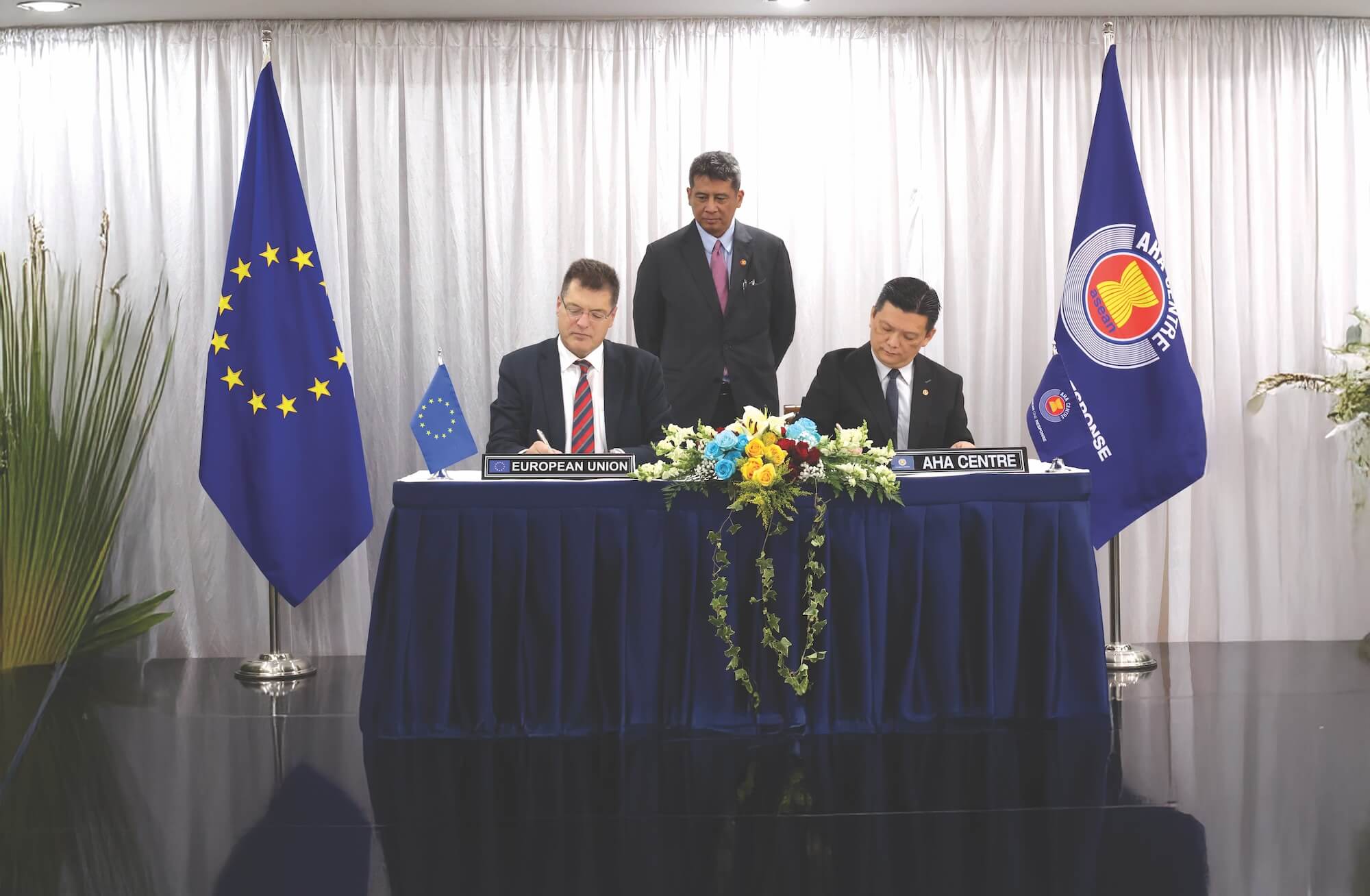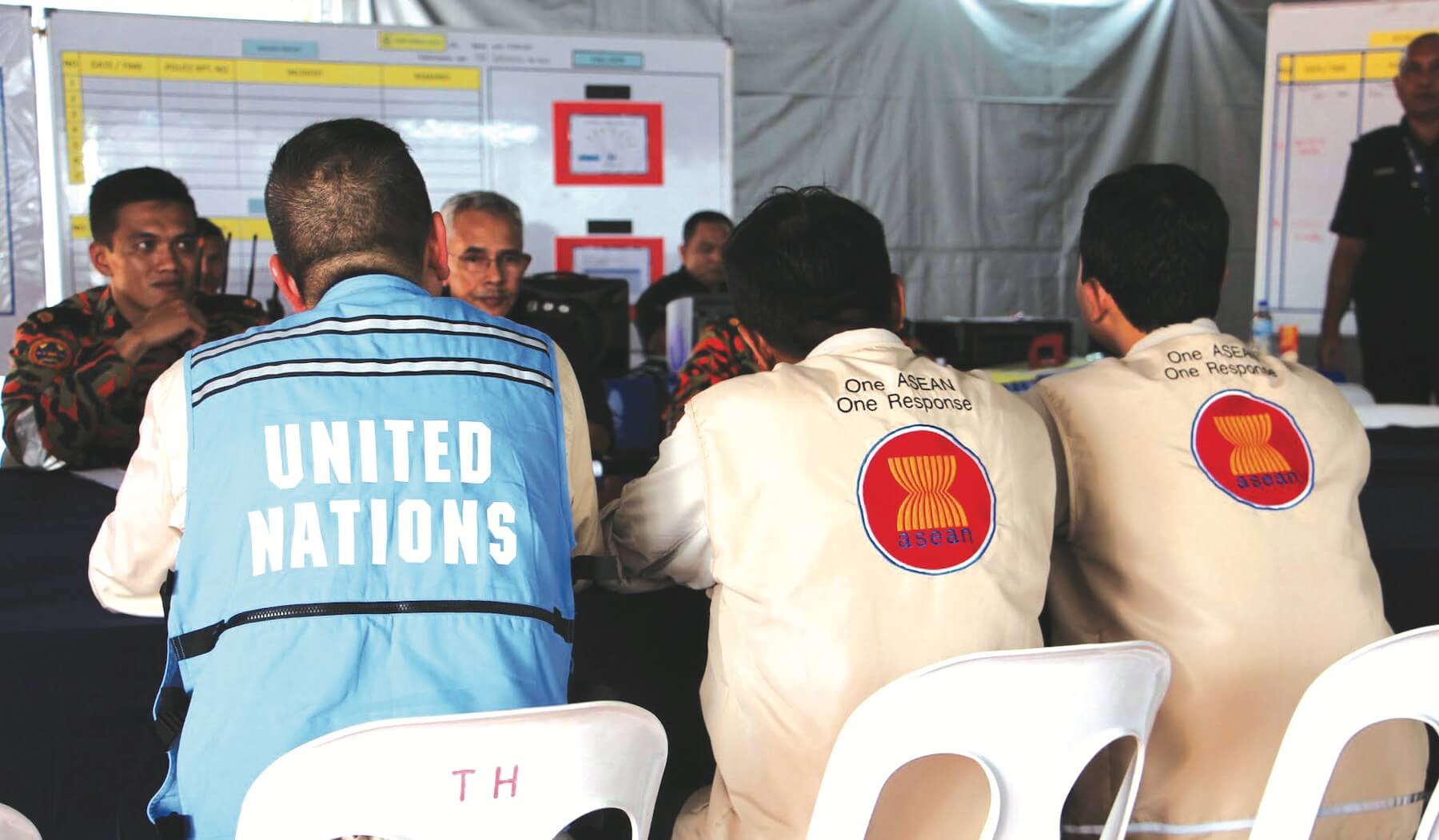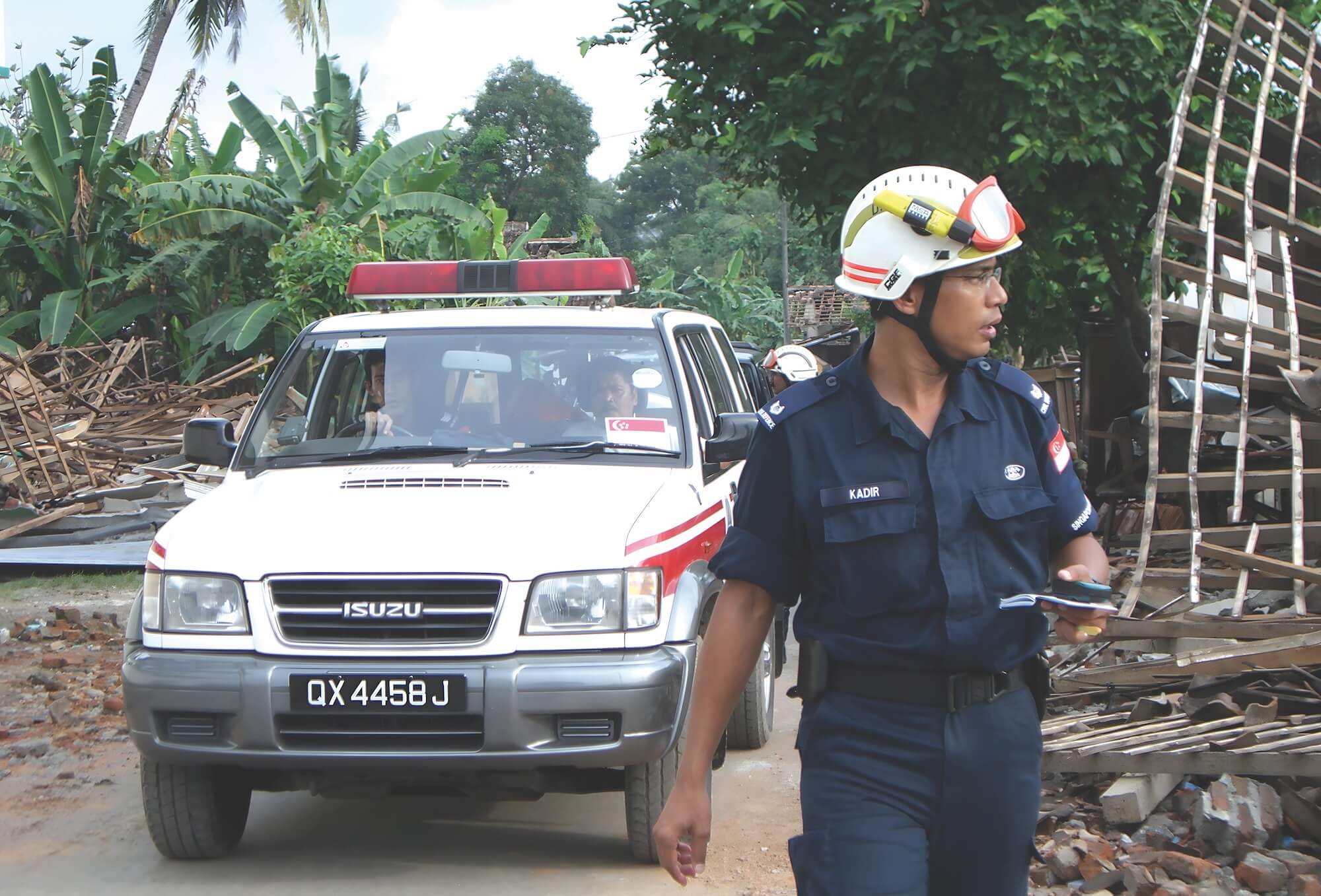




The year 2024 marks the 20th anniversary of the Indian Ocean Tsunami, one of the most catastrophic events we have ever experienced, and the 35th anniversary of establishing the ASEAN-ROK dialogue. This occasion provides a valuable opportunity to reflect on our collaborative efforts to overcome severe crises and to reaffirm our commitment to shared prosperity.
On 26 December 2004, the Indian Ocean Tsunami resulted in the loss of approximately 200,000 lives, displacing more than 1 million individuals and inflicting massive damage that can only be described as catastrophic. In the immediate aftermath of the disaster, South Korea actively supported the affected areas in the ASEAN region. The South Korean government dispatched relief and medical personnel, including NGOs and volunteers, to help mend human and material damage, and become actively involved in relief efforts. Military transport aircraft and supply ships were also sent to deliver equipment and relief supplies. Furthermore, South Korea pledged 50 million US dollars in aid to eight affected countries, including ASEAN members, over three years (2005-2007) at the special ASEAN Summit on 6 January 2005. It was the largest amount of emergency aid ever provided by the South Korean government for overseas disasters.
With the active support of the international community, including South Korea, the affected countries gradually began to recover to their original states. Notwithstanding the persisting scars and pain left by the disaster, the Indian Ocean Tsunami provided new opportunities for us to move forward together. The international community experienced solidarity during the crisis, which led us to develop channels of international coordination further to prepare for transboundary disasters that affect us regardless of national borders.
As a part of these efforts, the international community established early warning systems to prevent similar disasters. The absence of a warning system was identified as a major cause of the spread of damage during the Indian Ocean Tsunami. In 2005, the need for early warning systems was officially raised, leading international organisations such as the World Meteorological Organization and the United Nations Environment Programme (UNEP), along with the countries neighbouring the Indian Ocean, to collaborate on establishing the IOTWMS (Indian Ocean Tsunami Warning and Mitigation System). Since the beginning of its operation in 2007, the level of preparedness for tsunamis has improved substantially.
Meanwhile, ASEAN, the region most heavily affected by the Indian Ocean tsunami, recognised the need to address future large-scale disasters jointly. At the 2005 ASEAN Summit, ASEAN Member States signed the ASEAN Agreement on Disaster Management and Emergency Response (AADMER), which aims to facilitate cooperation in responding to disasters and emergencies within ASEAN. In addition, ASEAN developed the AADMER Work Programme, which sets out specific five-year goals and activities to implement the AADMER. In 2016, ASEAN also announced the Declaration on One ASEAN One Response: ASEAN Responding to Disasters as One in the Region and Outside the Region, which clarified the policy framework, standard operating procedures, and response plans that form the basis of ASEAN’s disaster management system. Based on this, ASEAN has responded to major disasters as a unified community.
The Indian Ocean Tsunami significantly changed the South Korean government’s overseas disaster relief system. South Korea recognised the need for a systematic approach to large-scale relief efforts during the Indian Ocean Tsunami response, leading to the enactment of the Overseas Emergency Relief Act in 2007. It provides a legal basis for organising the Korea Disaster Relief Team (KDRT), involving various agencies such as the Ministry of Foreign Affairs, the Ministry of Health and Welfare, the Ministry of National Defense, the National Fire Agency, and the Korea International Cooperation Agency and for implementing rapid and systematic relief at the government level. The KDRT has been dispatched to disaster sites for relief and humanitarian support in response to events such as the Myanmar cyclone in June 2008, the Indonesian earthquake in October 2009, the Philippines typhoon in November 2013, and the Lao PDR dam collapse in July 2018.
As previously discussed, ASEAN has been improving its large-scale disaster preparedness system since the Indian Ocean Tsunami. However, disasters still pose threats to ASEAN. Due to its unique geographical features, ASEAN is frequently exposed to natural disasters such as earthquakes, tropical cyclones, and heavy rainfalls. There have been almost 3,500 natural disasters in the last 10 years, with an estimated 91 billion US dollars in economic losses. The fact that a large portion of ASEAN’s 680 million population is impacted by natural disasters is especially worrisome. Approximately 20 per cent of people are thought to live in flood-prone areas, and over 60 per cent of people live in drought-prone areas. Furthermore, it is anticipated that climate change will greatly increase the frequency and severity of natural disasters in the ASEAN region. According to recent studies, nations like the Philippines, Viet Nam, and Cambodia are expected to be badly affected by strong wind damage from tropical storms in the Western Pacific, and widespread droughts would occur in the ASEAN region due to El Niño.
The disaster landscape within ASEAN is becoming progressively more complex, yet the region seems ill-equipped to address these challenges. As reported by the ASEAN Secretariat in 2024, early warning systems for disasters are hindered by outdated technology, insufficient data management practices, and limitations on cross-border data sharing. Furthermore, the recent COVID-19 pandemic underscored the necessity for integrated management of both health crises and natural disasters. Nevertheless, despite certain initiatives, the majority of ASEAN Member States continue to treat health emergencies and natural disasters as distinct issues, which undermines overall efficiency. This disjointed approach heightens ASEAN’s vulnerability and weakens its capacity for effective response.
Therefore, ASEAN must continue to prepare for future threats and disasters through ongoing improvements and investments. South Korea, a longstanding ally of ASEAN, is actively engaged in seeking solutions. In 2021, South Korea initiated a high-level dialogue channel aimed at fostering systematic cooperation in disaster management with ASEAN. With mutual support and welcome, the 1st ASEAN Ministerial Meeting on Disaster Management plus ROK (AMMDM plus ROK) was held in Bangkok, Thailand, in October 2022. During this meeting, the ASEAN-ROK Work Plan on Disaster Management for the years 2021-2025 and the Joint Statement for the 1st AMMDM plus ROK were endorsed, leading to the active pursuit of Korea-ASEAN cooperation in disaster management policies based on these documents.
South Korea is prioritising the enhancement of human capacity within ASEAN. Through initiatives such as Disaster Risk Management Capacity Building (D-CAB), South Korea is introducing its Integrated Disaster Management (IDM) policies and providing disaster-specific training utilising virtual simulators. Additionally, South Korea is collaborating with the AHA Centre on the ASEAN Standards and Certification for Experts in Disaster Management (ASCEND) project, which aims to assess and certify disaster management professionals in the ASEAN region, thereby establishing a foundation for these experts to take on leadership roles in disaster response efforts. Furthermore, South Korea is committed to transferring advanced scientific disaster management techniques, incorporating IOT sensors and AI, to ASEAN, capitalising on its technological expertise. ASEAN Member States are also invited to participate in the annual K-Safety EXPO in South Korea, which highlights cutting-edge disaster management technologies and products. To further bolster ASEAN’s disaster response capabilities, South Korea is providing support for risk assessments related to specific disaster scenarios and the formulation of disaster response strategies. Moreover, South Korea intends to engage in the ASEAN Regional Disaster Emergency Response Simulation Exercise (ARDEX), which occurs biennially in ASEAN, with the goal of fostering collaboration to ensure efficient and organised relief efforts during emergencies.
This year, South Korea also produced the animation, The Waves of Tomorrow, to commemorate the 20th anniversary of the Indian Ocean Tsunami and highlight the tsunami recovery efforts of ASEAN residents. The film highlights ASEAN’s resilience to disasters by showing villagers surviving the tsunami that hit a coastal village in Indonesia, relying on each other to overcome the damage and prepare together for future crises. At the same time, the video has been designed to be educational, explaining the tsunami early warning systems along ASEAN’s coastlines and providing guidelines on how to prepare for a tsunami. The video will be officially released at the 3rd AMMDM plus ROK and the 20th Commemoration of the Indian Ocean Tsunami in Brunei Darussalam in October.
Since the initiation of dialogue in 1989, South Korea and ASEAN have consistently enhanced their partnership, broadening collaboration across various sectors, including diplomacy, security, economy, health, disaster management, and culture. This enduring cooperation has proven essential during crises, such as significant natural disasters and the COVID-19 pandemic, with both parties depending on one another to navigate challenges and progress towards a shared future. Today, South Korea and ASEAN are preparing to evolve their relationship into a Comprehensive Strategic Partnership based on 35 years of cooperation. With a stronger bond, both sides will contribute to building a free, peaceful, and prosperous Indo-Pacific. We look forward to the further development of a strong relationship between South Korea and ASEAN that will enable them to overcome whatever waves of challenges they may face in the future.








